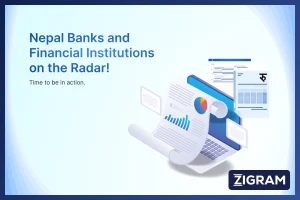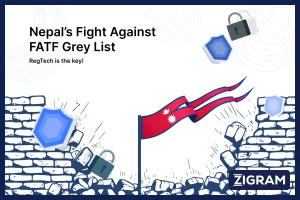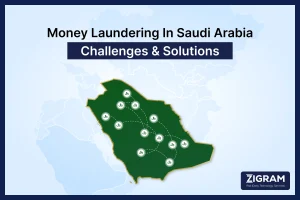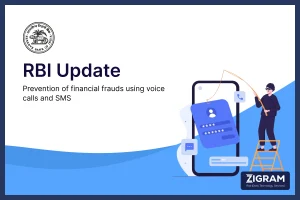The rise of financial crimes such as money laundering and terrorist financing has increased the need for Anti-Money Laundering (AML) compliance programs. AML compliance programs aim to prevent and detect such illegal activities by implementing a series of measures that comply with local and international laws and regulations. A comprehensive AML compliance program can help protect businesses from financial and reputational damage. Therefore, it is important to understand the key elements of an effective AML compliance program.

Defining your objective for building a compliance program can help give context to employees and other stakeholders. Risk assessment is an essential element of an effective AML compliance program, and a risk-based approach can help businesses tailor their compliance program to the specific risks they face. An effective AML compliance program should also hold clear and concise policies and procedures in place to include customer due diligence (CDD) requirements and transaction monitoring procedures. Building a systematic workflow can help in the realization of the defined goals.
Key Elements of an Effective AML Compliance Program
Hiring a compliance professional is also a key step which includes attention to detail, analytical skills, communication skills, and the ability to work collaboratively. Fostering a culture of compliance throughout the organization by promoting a shared understanding of the importance of compliance and establishing a set of values and behaviours that support compliance efforts is also a crucial part of building the right team. For such efforts to be successful, training and awareness become critical components of an AML compliance program. Employees must be trained on AML laws and regulations and how to identify and report suspicious activity; to ensure that employees are up to date with the latest regulations.
Best Practices for Building an AML Compliance Program
For the AML compliance program to be effective, there should be regular audits and testing to ensure that policies and procedures are being followed correctly. Internal and external audits can help identify areas for improvement and ensure that the program is updated with the latest regulations. Reporting becomes an integral part of AML compliance, as it involves reporting suspicious activity to the appropriate authorities. Technology can assist in the automation of reporting processes, allowing for the timely and accurate reporting of suspicious activity. Additionally, reporting the results of the compliance program to the senior management and employees through tools such as dashboards would increase the credibility of the program.
Leveraging Technology in AML Compliance Programs
In addition to these key elements, the use of technology is becoming increasingly important in AML compliance programs. KYC automation, transaction monitoring, data analytics, and reporting are just a few examples of how technology can be used to improve the effectiveness and efficiency of AML compliance programs by enabling teams to reduce manual effort, increase accuracy, and improve the speed of compliance-related tasks.
Even though proving the return on investment may be challenging, the steep rise in financial penalties and the negative impact on reputation resulting from enforcement actions highlight that the expenses incurred from non-compliance are considerably greater than those associated with curating a compliance program. With the rise of financial crimes, businesses must implement comprehensive AML compliance programs to prevent and detect illegal activities. To conclude, incorporating technology can indefinitely help businesses stay ahead in the constantly evolving regulatory environment and mitigate the risks associated with money laundering activities.
ZIGRAM is the one-stop solution for all your compliance needs. Try our FREE DEMO to experience what you’re missing in your AML and KYC processes!
- #AMLComplianceProgram
- #RiskAssessment
- #ComplianceObjective
- #CustomerDueDiligence
- #TransactionMonitoring
- #ComplianceProfessional
- #CultureOfCompliance
- #TrainingAndAwareness
- #AuditAndTesting
- #CollaborationInAML
- #ReportingSuspiciousActivity
- #TechnologyInCompliance
- #KYCAutomation
- #DataAnalytics
- #DataAnalytics
- #EnforcementActions
- #FinancialPenalties
- #ReturnOnInvestment
- #RiskMitigation
- #RegulatoryEnvironment
- #FinancialCrimesPrevention
- #EfficiencyInCompliance
- #ComprehensiveAMLProgram
- #TechnologyAdvancements






